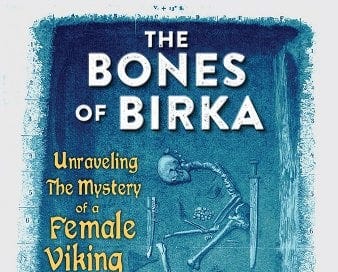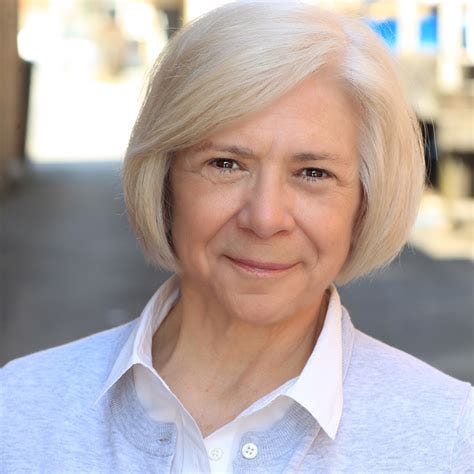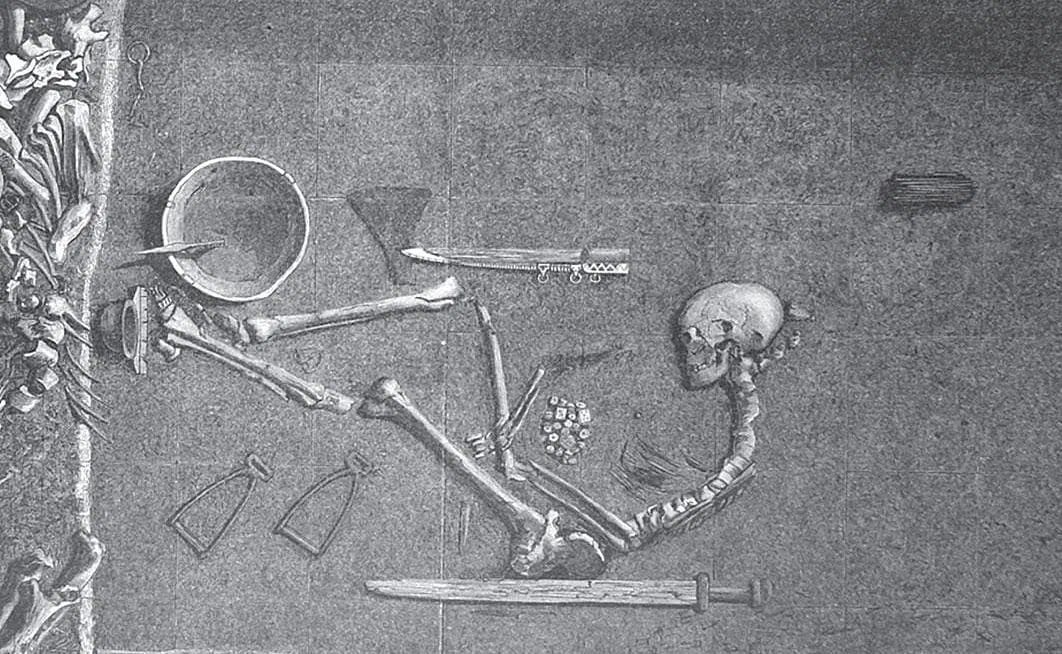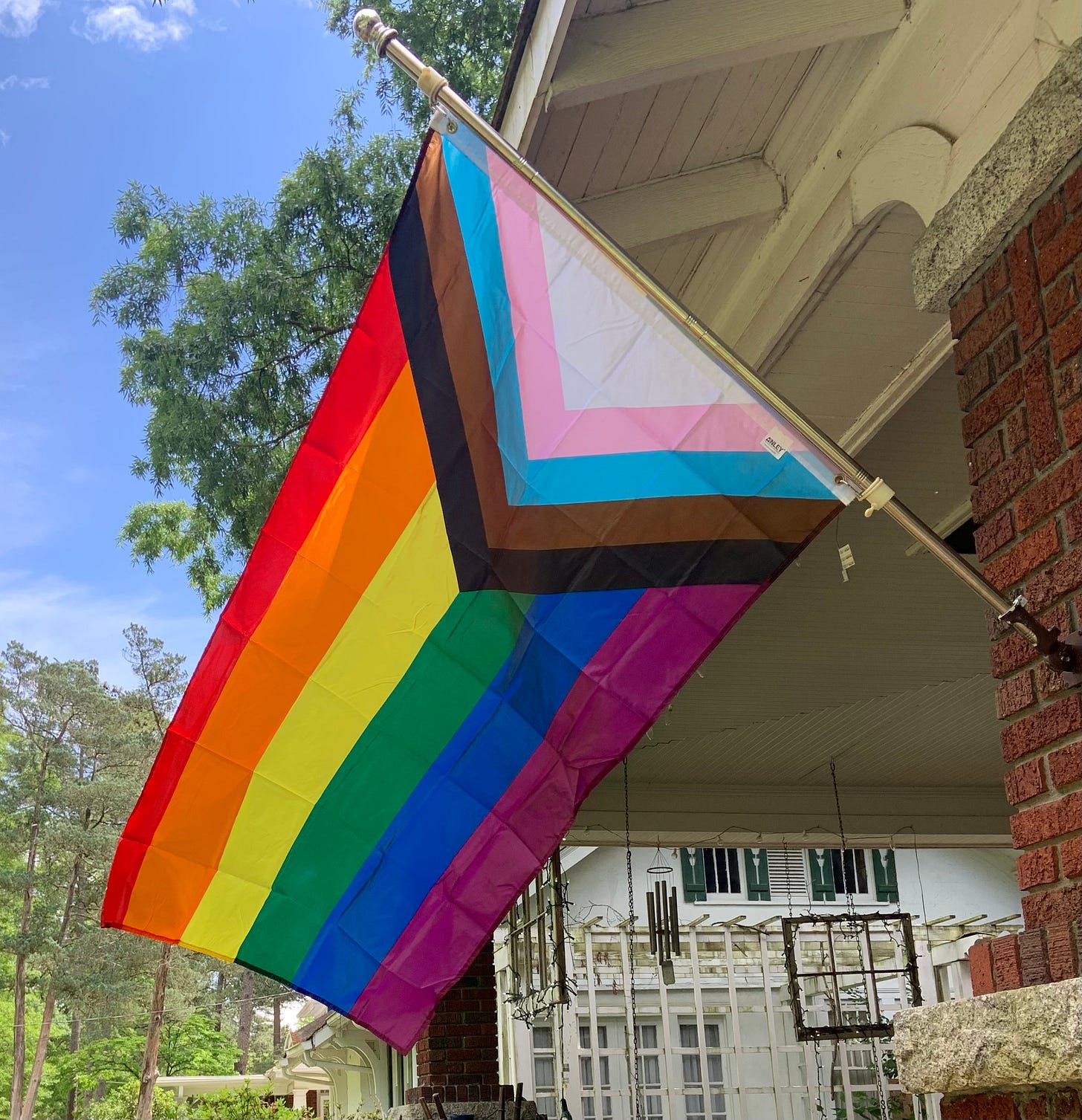I support the Writers Guild of America (WGA) and their fight for fair wages. My favorite movies and shows would not be possible without their important creative work. If you’re interested in supporting the WGA, visit this website and learn about the strike.
I’m fascinated when hot-button cultural issues wend through areas that seem quite distanced. That includes connections between human rights and archaeology.
I grew up loving NatGeo documentaries about Louis Leakey discovering ancient hominid fossils in Tanzania’s Olduvai Gorge, rewriting our understanding of human evolution. While ground-breaking (literally), this research fits a familiar narrative of research advancing understanding.
But what if archeological inquiry uncovers not just relics, but also unexamined and persistent contemporary notions about things like biological sex and gender identity? What if those notions subtly shape supposedly factual observations and prompt errors in interpretation?
Those are questions writer Cynthia Surrisi brought to her first non-fiction book for young readers, The Bones of Birka: Unraveling the Mystery of a Female Viking Warrior. The book raises timely questions about research bias, academic dialogue, biological sex, and gender identity. Today, the right to gender identity is a leading human rights issue.
The Birka find is over a century old. Discovered by bug scientist Hjalmar Stolpe on the Swedish island of Björkö, this grave contained the remains of what appeared to be a late Iron Age Viking warrior, an impressive weapons arsenal, games, adornments, and two horses. Then-understandings of gender identity convinced scientists that the warrior was male.
All humans are born with biological characteristics of sex, either male, female, or intersex. Gender, however, is a social construct and generally based on the norms, behaviors, and societal roles expected of individuals based primarily on their sex. Gender identity describes a person’s self-perceived gender, which could be male, female, or otherwise. Psychology Today
Then young female scientists that included Dr. Charlotte Hedenstierna-Jonson (see video lecture below) reexamined the find using new DNA technology, discovering that the Birka warrior was “female-sexed…It’s impossible to know how [the Birka warrior] presented from a gender perspective,” Surrisi writes. But it’s clear that assumptions about warriors being exclusively male need to be re-examined. Birka also demonstrates that current ideas about gender identity are not necessarily grounded in the past. Humans have always experienced gender on a spectrum that isn’t limited to a male-female binary.
Here’s my interview with Cynthia Surrisi.
What inspired you to write this book? How did you decide who the audience would be for the book?
At first, I was intrigued by the whole idea that the bones of a long-believed male Viking warrior had been DNA-tested and found to be female, but when I went to the lectures by Hedenstierna-Jonson and Price at the American Swedish Institute, I realized it was a much bigger discussion than the DNA testing in archaeology. It was multidisciplinary, theoretical, political, and to some extent philosophical. Pretty quickly, I knew it was perfect for young adult readers who like science and history and are considering career options.
You were trained as a lawyer, then as a writer for children and young adults. Yet you took on a very complex research project that involved a subject you weren’t familiar with. How did you go about deciding what you needed to learn and how to learn what you needed to know?
This is what lawyers do, too. Each case has its own unique facts, science, etc. I had many cases that involved intricate, technical aspects of aircraft performance. I would take on each case and research the events and the underlying technology and work through the questions of duty, breach of duty, proximate cause, and damages. It was like filling up a bathtub with a lot of detailed information that I used for the case, then when the case was over, pulling the plug and letting it go.
I still remember a great deal of it—for better or worse. Here I really wanted to fill up the tub so to speak. I was fortunate to have gracious receptions from numerous experts in the field, I read all of the academic articles, all of the books, and learned about Birka, Vikings, archaeology, osteology, genetics, gender archaeology, gender versus sex, bias in research, academic peer review and how science advances. Read, interview, write, get feedback, repeat. That’s the process.
Part of the essence of expertise is being uncertain. Certainty is the enemy of science and I think that comes out in Cynthia's book. Archaeologist Neil Price
How we see gender is very much in the news. In The Bones of Birka, you describe how our ideas about gender may have led to decades of misinterpretation about this find. How do you see your work on BJ 581 within that discussion? What do you hope young readers and teachers take away from this story?
I am delighted that I achieved that goal, both for my own benefit and for the benefit of readers. I sought to open doors into multiple areas of scientific study and raise important questions about how we evaluate and view the past through lenses of self-importance. I sought to ask the question, can we learn to check our internal bias in order to better understand and contribute to a full picture of humanity? I wanted readers to question why some researchers feel obliged to categorize people of the past in their own image and to consider whether Vikings (as an example) might have been as diverse and varied as any other group of people.
Did researching and writing this book make you reconsider your own ideas about gender?
I was raised in a non-judgmental family, so I have long accepted people in whatever gender presentation they elect. This research widened my appreciation for how gender has likely been a spectrum throughout time and in all cultures. For example, Dr. Marianne Moen of Oslo compared the grave goods of male and female Vikings and there was no single grave with only “typical male” or “typical female” artifacts. They all had a mixture. One painful fact was that in various cultures, over thousands of years, there has been intolerance in this area and there has been harsh repression for those who present themselves outside the Victorian-type boxes.
In your research, you reached out to many experts in this field. What was their reaction to the idea of using their work in a book for young readers?
This is a great question. When you reach out to people who are experts in a field and their work is extensively published, they are typically generous about talking about their work, but not about themselves. When you write in the youth market, there is a need to bring science alive through the personalities and personal experiences of the experts. This is reflected in the trend toward narrative non-fiction. It took me a while, but I eventually persuaded them that a little personal background was going to help deliver the science. Ultimately, they were lovely about it.
Some people criticize scientific advances because there’s almost always a level of uncertainty included in the conclusions. For instance, you write about visual interpretations of what the person buried at the site would look like and caution that there will always be challenges to how contemporary scholars interpret their finds. Explain a bit more about why there is uncertainty in what we know about BJ 581.
The uncertainty here is the question of the gender of the person in Bj 581. We know the bones have been sexed as xx or female, but we do not know how this person presented themselves to the community. The archaeologists on this study have elected to refer to the person as “she” rather than “they,” but ultimately, they say it is up to you what you choose to believe about this warrior’s gender. It could have been anywhere on the spectrum, or alternately it could have been fluid. According to Price, why would we think that the Vikings were any less complicated humans than we are today?
You made a huge effort to accurately represent the science while making sure your writing remained accessible to young readers. How did you do that?
With some difficulty. First, I had to write the story in a way that correctly described the science, and then when I had accomplished that, I had to edit it for age-range readability. To keep it accessible to 12 and up age readers, I had to be mindful of sentence length and structure, vocabulary, and tone. Hence, the glossary.
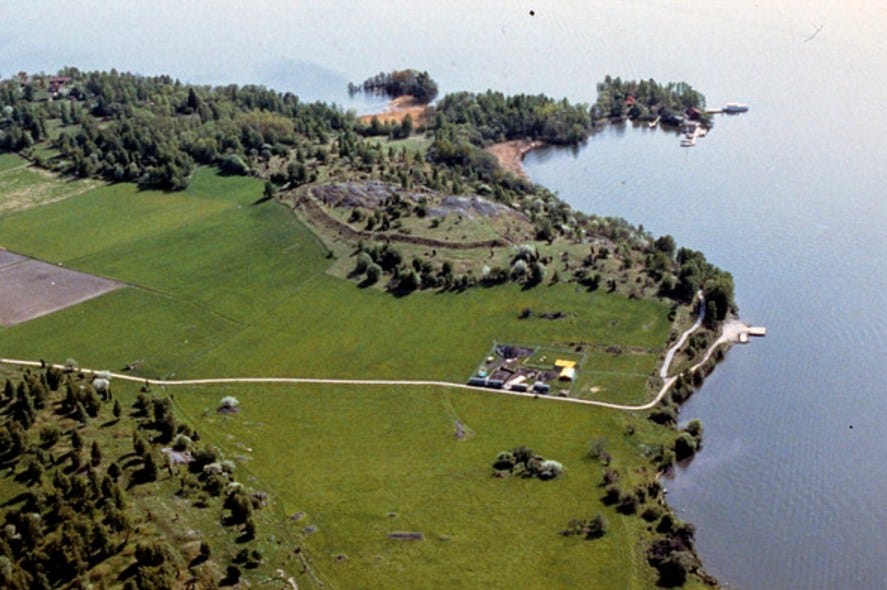
What do you hope young readers take away from this book?
I would like them to peek into a number of scientific fields and methods like archaeology, stratigraphy, osteology, genetics, and social sciences. I’d also like them to view the inner workings of the academic world and learn about the peer review process. I hope their eyes are opened to the distinction between sex and gender and the important subject of bias in research. Most of all I’d like to have them experience, through an interest in Vikings, how science advances through discovery and that uncertainty is a good thing in this regard.
Interested in learning about how to write “hot topic” nonfiction for young readers? Check out Surrisi’s Society of Children’s Book Writers and Illustrators online workshop on August 5, 2023.
What are you working on now?
I always work on a novel and a non-fiction book alternately over the same period of time. This time the YA non-fiction has to do with the emergence of public health regulation in London during the Victorian Era and the disposal of the abundance of corpses, and the novel is a mystery laced with Sicilian magic.
UPDATES
Next week, my “Bond Trilogy” Audiobook Kickstarter goes live! I’ll circulate the link soon. I’m inviting supporters to contribute to the cost of bringing The Hive Queen and The Mother’s Wheel to audio. Supporter benefits abound!
As a thank you for reading this far, here’s a picture of my contribution to Pride decorations for the month of June. Happy Pride!

